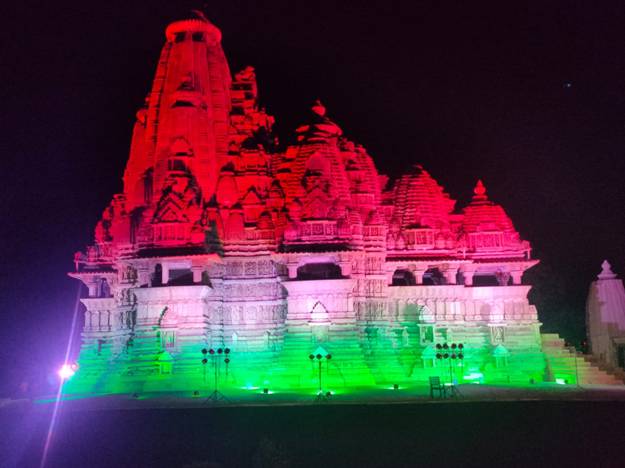A revamped version of the Monument Mitra Scheme will be launched. Under the revamped scheme the Culture Ministry will go for partnerships with private firms for the upkeep of 1,000 ASI monuments. The revamped scheme would be based on the Corporate Social Responsibilty (CSR) model.
The Monument Mitra scheme entails adopting a heritage site and maintaining it.
The government is set to sign MoUs with partners for 500 sites under the revamped Monument Mitra scheme by August 15 when the Azadi ka Amrit Mahotsav ends.
Launched a few years ago under the Ministry of Tourism, the Monument Mitra scheme entails adopting a site for upkeep and other related activities.
A few months ago the Monument Mitra scheme was transferred from the Ministry of Tourism and has now come under the ambit of the Ministry of Culture. The Culture Ministry would be projecting India as a “cultural superpower” during the year-long presidency of the G20.
The scheme will be based on corporate social responsibility (CSR).

Comments
Post a Comment